The Importance of Developing a Sustainable Garden for Native Pollinators
One of the most essential components of the ecosystem are pollinators. In this comprehensive article, we delve into the importance of curating a sustainable garden specifically designed to attract and maintain these native agents of cross-pollination. The role of native pollinators in an ecosystem cannot be underestimated, as they are responsible for the propagation of much of the plant life we depend on for our survival.
The Role of Native Pollinators
Native pollinators, ranging from bees and butterflies to birds and bats, play a critical role in every ecosystem. They facilitate plant reproduction by transferring pollen, thereby helping around 85% of the world's flowering plants to reproduce. Without these pollinators, our very food system would collapse, affecting biodiversity and human health.
The Decline of Pollinator Populations
Unfortunately, many native pollinator populations are in decline due to several threats such as habitat loss, pesticide exposure, climate change, and diseases. This has grave consequences for our ecosystem at large, leading to reduced biodiversity, decreased agricultural yields and ultimately, ecological imbalance.
Creating a Sustainable Garden
The plight of declining pollinator populations has led to an increased emphasis on creating sustainable gardens that attract these ecological benefactors.
Plants, Features, and Strategies
Choose native plants to ensure the best compatibility with local pollinators. Favor plants that provide nectar and pollen throughout the year. Features like bird baths, 'bee hotels’, and butterfly houses can offer these animals a place to drink, nest, and overwinter. Strategies like reducing pesticide use and providing undisturbed spaces for ground nesting insects can also be beneficial.
Natural Pest and Disease Management
Plants native to your region are more resistant to pests and diseases. Introducing beneficial insects like ladybugs, can significantly control unwanted pests. Utilising organic, pollinator-friendly pesticides when necessary is also an option.
Sustaining the Garden
Regular maintenance is vital. This includes watering, trimming, and periodically adding organic compost for soil enrichment. It is also important to monitor the garden for any signs of pest infestation or disease, intervening early when necessary.
Success Stories
Many growers have transitioned from conventional to pollinator-friendly practices and have seen increased yields and reduced pesticide costs. For instance, apple growers in Pennsylvania, USA have reported 3x more bee visits and a 5% increase in fruit set after incorporating sustainable practices.
In conclusion, building sustainable gardens for pollinators is not only an ethically sound decision but also a pragmatic one. Each of us can play a part in preserving these vital members of our ecosystem.


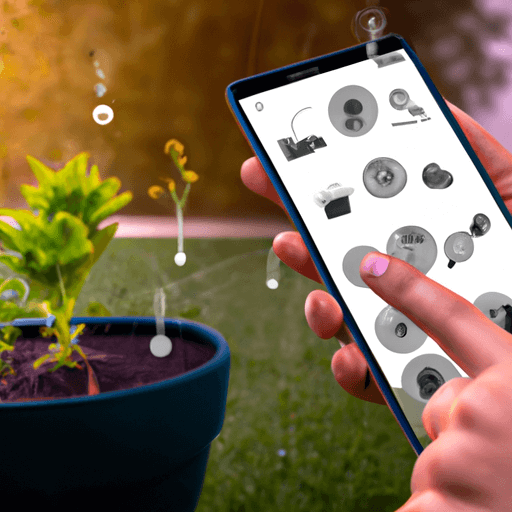
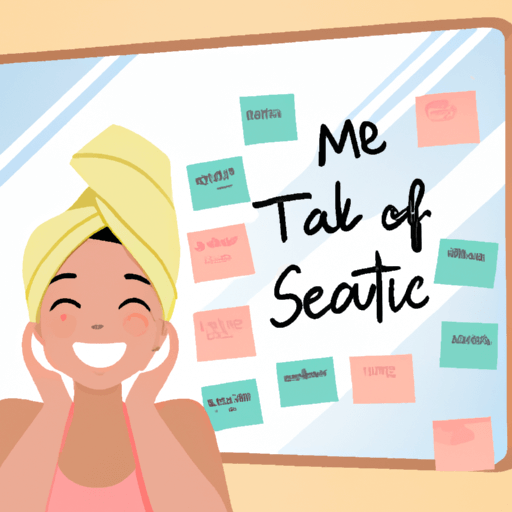
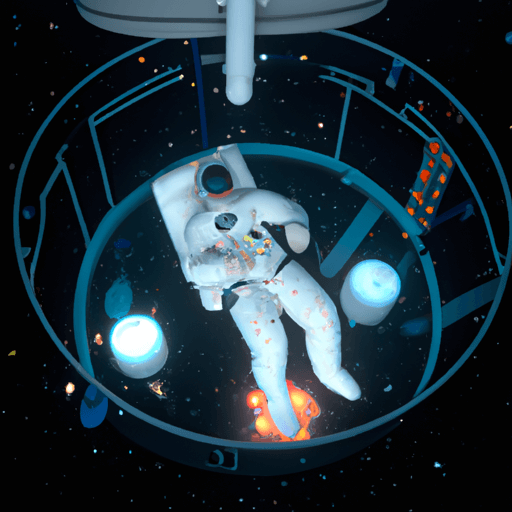
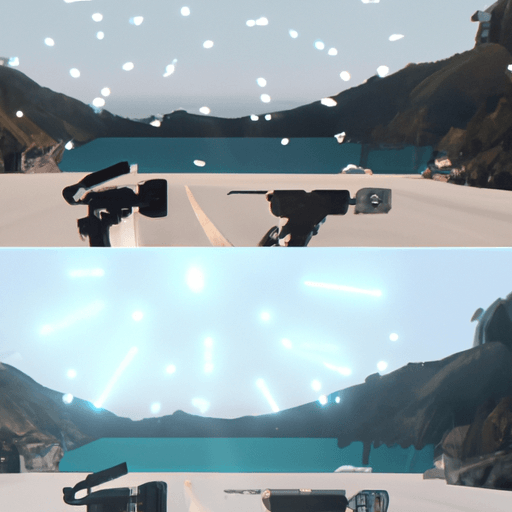

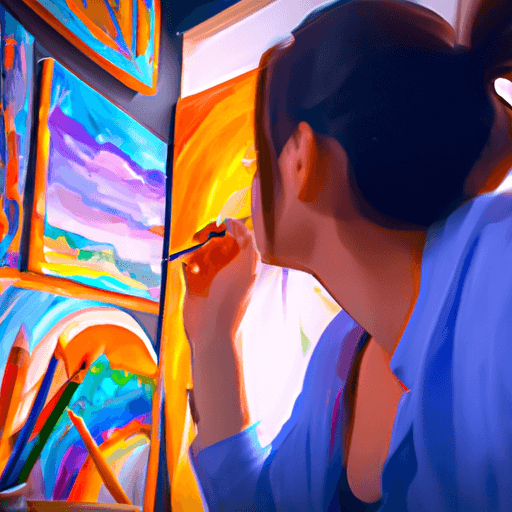
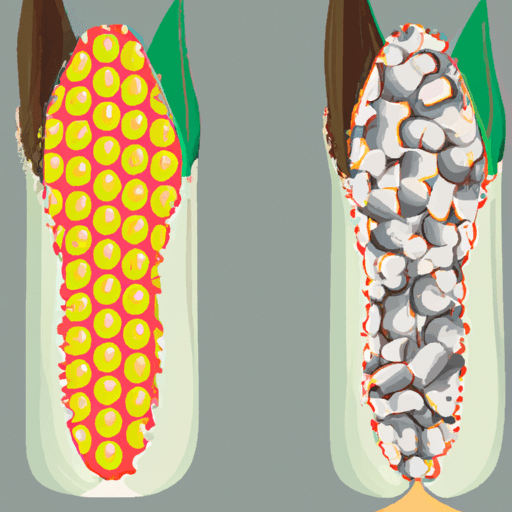
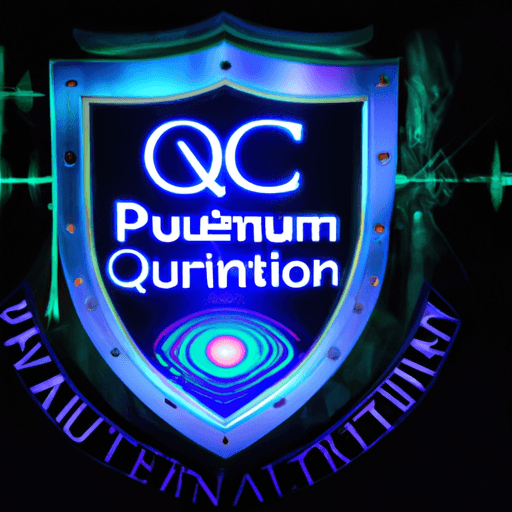
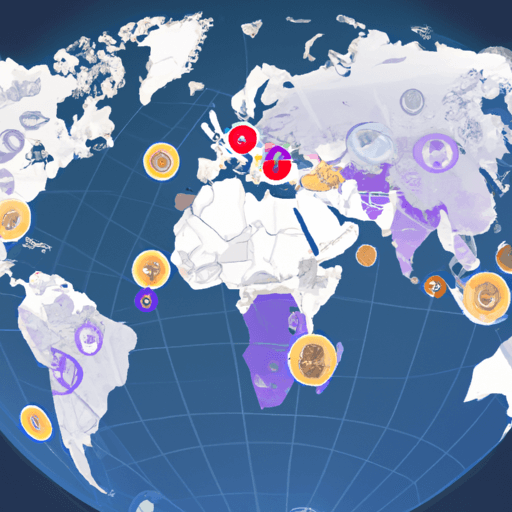


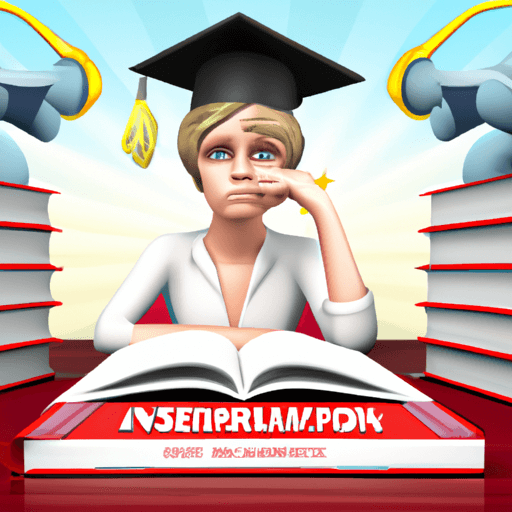

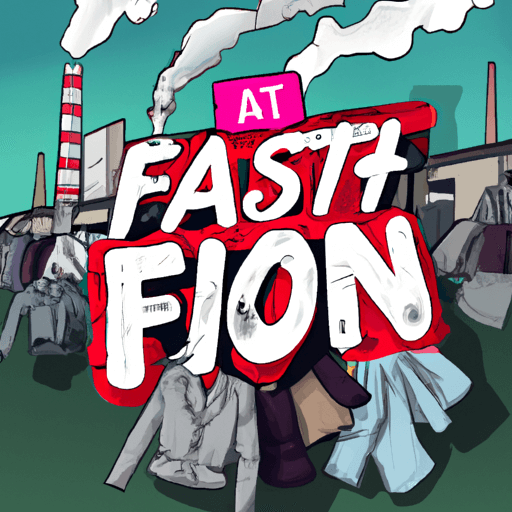



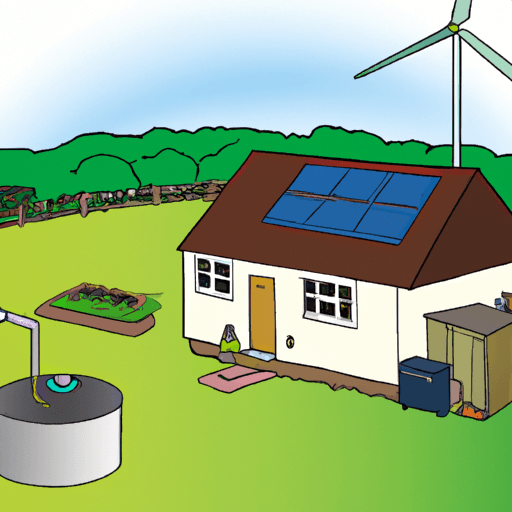
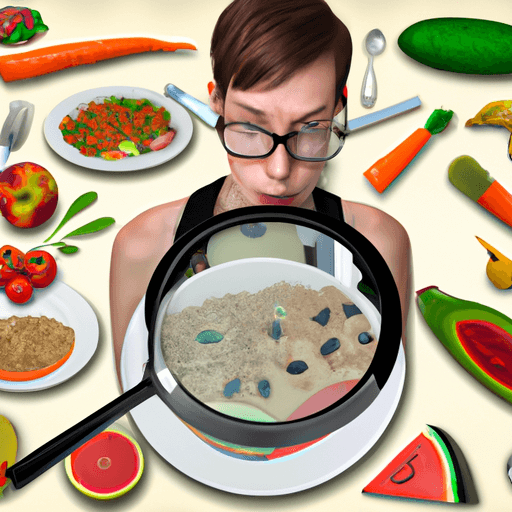
Comments
Leave a Comment